The 6 Largest Airports in Croatia
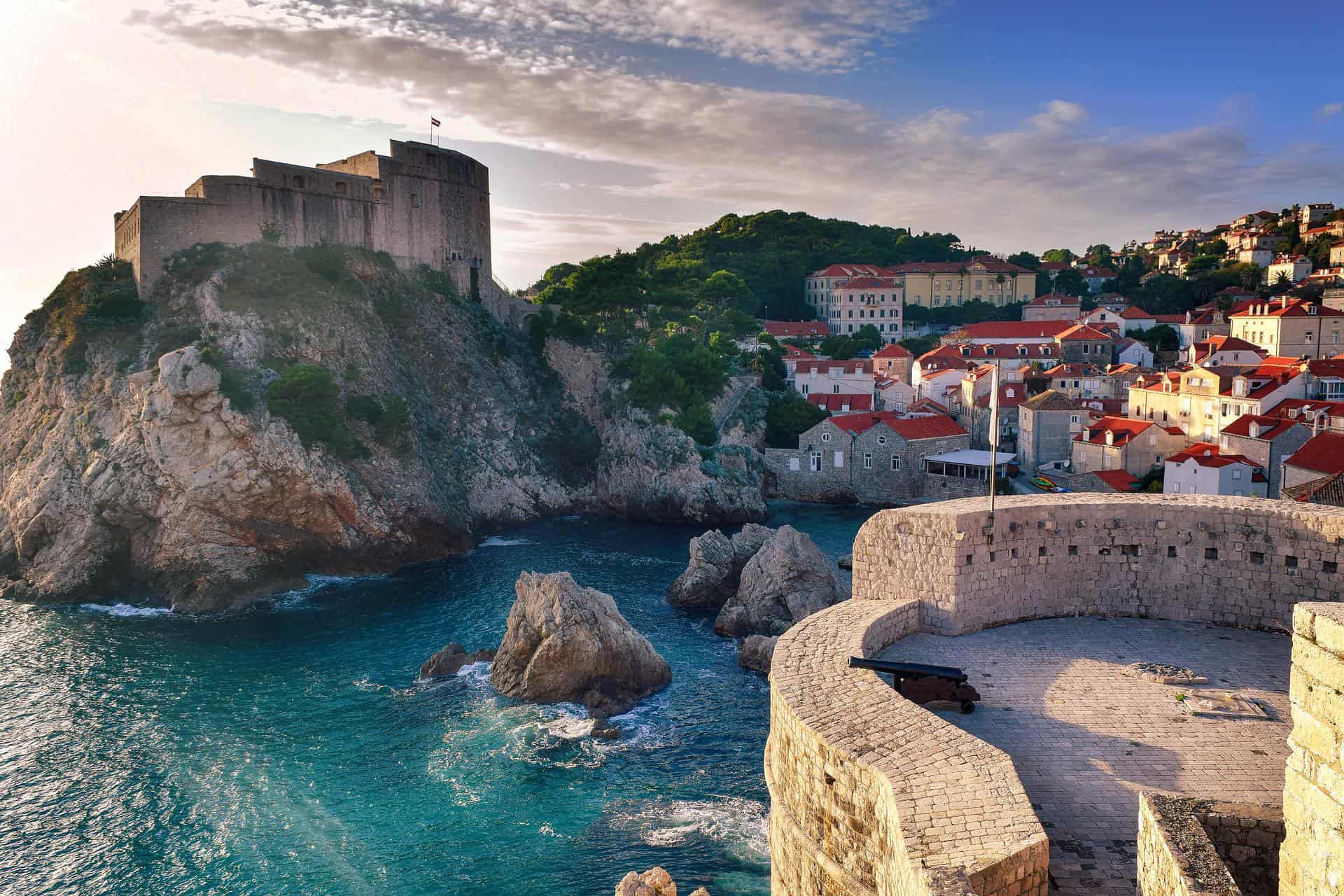
Updated On: November 08, 2023 by Dina Essawy
Croatia is a nation on the Balkan Peninsula‘s northwest coast. It is a tiny crescent-shaped nation with a very diversified geographic landscape. The northern city of Zagreb serves as its capital.
The historical Croatian regions of Croatia-Slavonia (in the upper arm of the nation), Istria (placed in the centre of the Istrian Peninsula on the northern Adriatic coast), and Dalmatia make up the modern republic (corresponding to the coastal strip). The Latin alphabet, Roman law, and western European political and economic traditions and institutions were all left behind in these countries despite being dominated for centuries by numerous foreign nations.
Croatia, which was a part of Yugoslavia for a large portion of the 20th century, suffered greatly from the breakup of that federation in the early 1990s. Croatia finally achieved its European destiny when it joined the European Union in 2013. According to the Croatian Canadian historian Tony Fabijani, Croatia’s turbulent early years as a nation have also clouded its long past.
Serbia’s Vojvodina area forms the eastern boundary of the upper arm of the Croatian crescent, while Slovenia and Hungary form the northern border. The crescent’s body is a lengthy stretch of coastline that runs beside the Adriatic Sea, and its southern point reaches Montenegro. Croatia and Bosnia and Herzegovina share a lengthy border within the depression of the crescent, however, this boundary essentially divides south Croatia from the rest of the nation by cutting a slender corridor to the Adriatic.
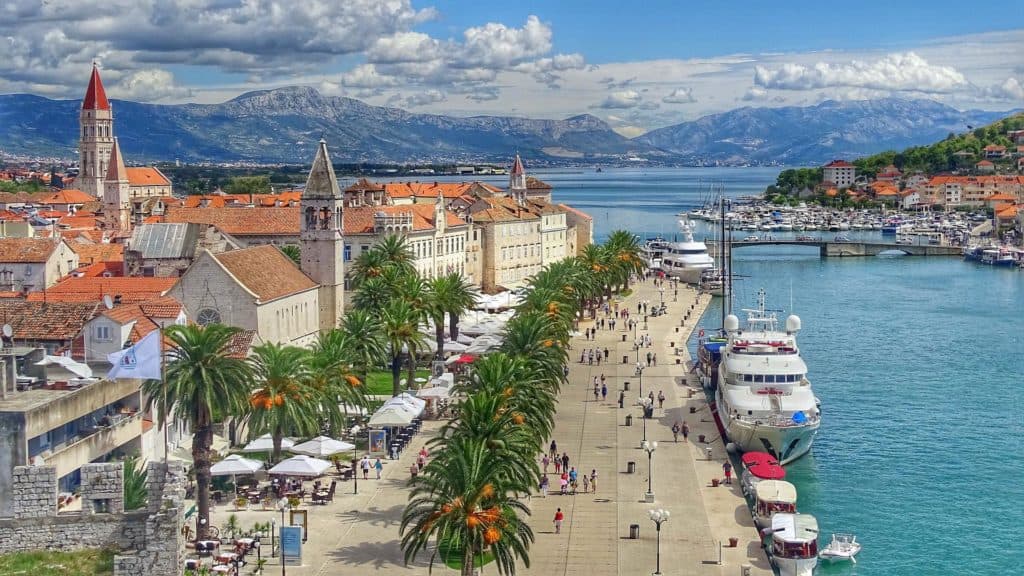
Largest Airports in Croatia
Croatia Airports
Zagreb International Airport: The main airport in Croatia, Zagreb International Airport, serves as a major entry point for both business and tourists, making it a vital part of the national economy. Although the airport could handle two million people annually, the demand for airport services was rising. The Croatian government decided to construct and run a new terminal under a public-private partnership in 2009.
After winning the bid, the Zagreb Airport International Company (ZAIC) assumed control of the airport’s management in December 2013. The inauguration of the new terminal took place in March 2017.
The project was financed by the European Investment Bank (EIB), the International Finance Corporation (IFC), Deutsche Bank, and Unicredit Bank Austria.
In Croatia, tourism is a significant economic factor and a big source of jobs. The 1962-built Zagreb International Airport had undergone several stages of development. But by 2009, it was obvious that the passenger terminal, with a two million passenger capacity annually, was unable to meet rising market demand. A public-private partnership would be used to build and operate the new port after the government launched a competition for its design.
The project involved building a brand-new, cutting-edge passenger terminal as part of a 30-year concession to expand capacity at Zagreb International Airport, the biggest airport in the county. By the concession, the operator is also in charge of overseeing the maintenance and operation of the whole airport through the year 2042, including runway renovations and upkeep as well as future property projects, the cargo terminal, and parking lots. The project also involved building a brand-new, 1.8-kilometre access road to link the new, 65,000-square-meter terminal with the neighbourhood’s road system. The current terminal was supposed to be renovated and rented out to airport customers.
Split Airport: The international airport servicing Split, Croatia, is called Split Airport (Croatian: Zrana Luka Split), sometimes known as Resnik Airport (Croatian: Zrana Luka Resnik). It may be found west of Katella Bay, in Split, in the town of Katella, and stretches into Trogir, which is just next door.
The airport handled 3.3 million passengers in 2019, making it the second busiest in Croatia after Zagreb Airport. During the peak summer travel season in Europe, it is a popular leisure flight destination and a key target location for Croatia Airlines, which operates flights to popular European destinations including Athens, Frankfurt, London, and Paris.
The first grass airfield was at Sinj, and the Yugoslav airline Aeroput launched the first commercial service there in 1931. It maintained this route up to the outbreak of World War II, connecting Zagreb with Belgrade via Rijeka, Split, and Sarajevo. These flights linked Split to either the Sinj airfield or its Divulge seaplane station.
The airport was moved from Sinj to Resnik in the 1960s. On November 25, 1966, the brand-new airport facility, created by architect Darko Stipevski (Tehnika, Zagreb), was officially inaugurated. Only 200 by 112 metres in size, the apron featured 6 parking spaces and a 150,000 passenger capacity. Passenger counts reached 150,737 in 1968 and 235,000 in 1969. The apron was initially enlarged in 1967 to make room for 10 planes.
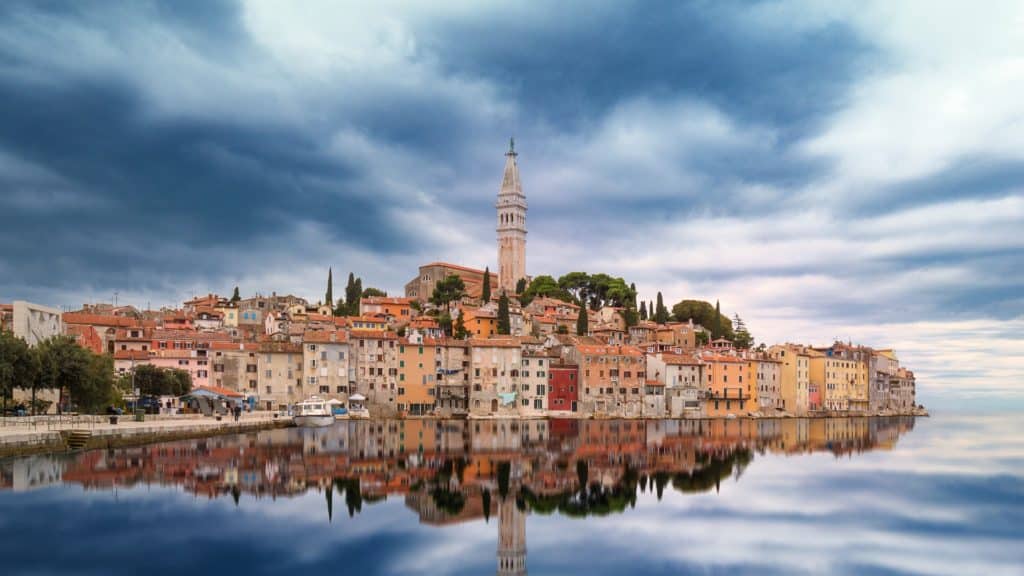
To handle traffic for the 8th Mediterranean Games, which were hosted in Split in September of that year, a new, bigger terminal building, designed by architect Branko Gruica (Projektant, Mostar), was built and inaugurated in 1979. With 1,151,580 passengers and 7,873 landings, 1987 had the highest pre-war passenger figures.
As the war in the former Yugoslavia broke out in 1991, the passenger numbers decreased almost to nil. Most of the traffic in the years that followed was carried by NATO and UN cargo aircraft including the C-5 Galaxy, MD-11, Boeing 747, and C-130 Hercules. After 1995, civilian traffic numbers started to increase once more, eventually breaking the mark set in 1987 in 2008.
The terminal had a significant makeover in 2005 by architect Ivan Vuli (VV-Projekt, Split), who added a new gate, a glass façade, and the acclaimed airport entry structure made of steel and fabric “trees” that were lighted by multicoloured LEDs.
The new apron, which was created by Ivan Vuli, Ivan Radeljak, and Mate Aja, was built in 2011 and has a little higher capacity than the previous one while also offering improved security. This upgrade, which cost €13 million, added 34,000 m2 of extra aircraft parking space as well as room for upcoming administrative projects underneath the apron.
Warehouses, workshops, offices, and other facilities are located on the lower level, which will support the adjacent, 34,500 m2, HRK 455 million terminal structure. The new apron has an innovative sound barrier on the south side that can be closed when an aircraft is nearby and opened at all other times to provide a terminal building with a somewhat uninterrupted view of the Adriatic sea.
June, July, and August are the busiest months at the airport as a result of a significant inflow of travellers during the European summer vacation season. The busiest time of the week is on the weekends when there are over 200 flights and over 50,000 people. There are a thousand olive trees on the airport grounds.
A project to expand the terminal building was finished in the summer of 2019, adding more than three times the floor space of the original terminal building and raising the capacity to 5 million passengers annually. This was done because there had been a significant increase in the number of passengers, especially during the summer months. While the new sections house check-in, all domestic departures, international and domestic arrivals, as well as baggage claim, the original terminal has been renovated and is still used for select foreign departures.
An enclosed bridge that crosses State Road D409 as part of the extension project will transport visitors to newly constructed parking lots, bus terminals, and rental car facilities. Due to limited apron space and the fact that low-cost airlines make up the bulk of the airport’s airlines, it was decided not to incorporate any jet bridges in the current extension.
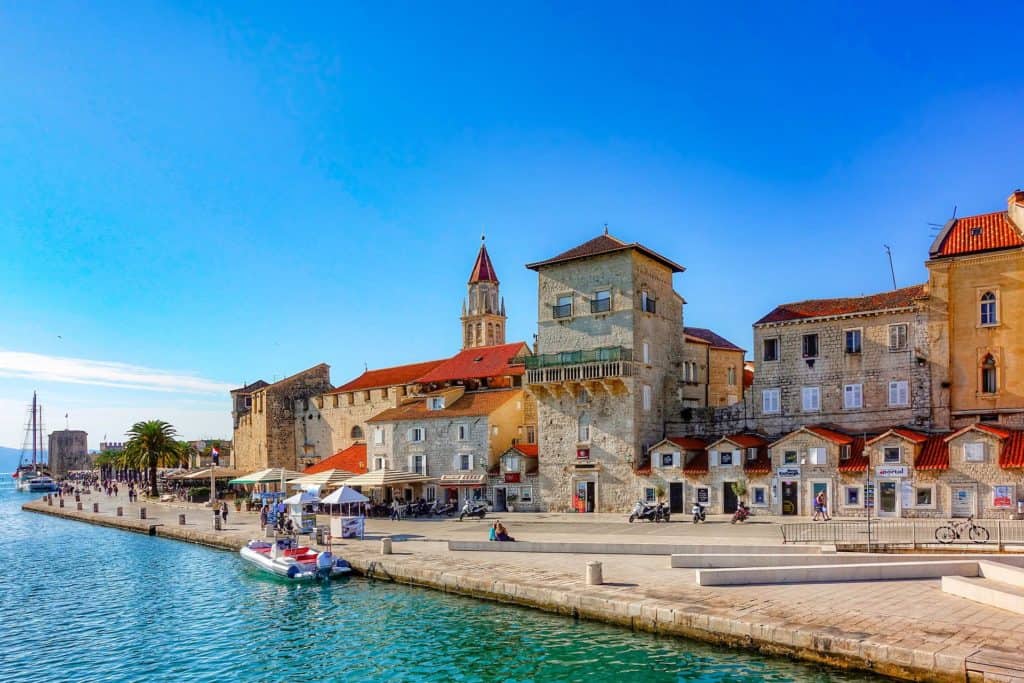
Dubrovnik Airport: The international airport in Dubrovnik, Croatia, is also known as Ilipi Airport. The distance between the airport and the heart of Dubrovnik is around 15.5 kilometres (9.5 mi). In terms of passenger throughput, it was Croatia’s third busiest airport in 2019 behind Split Airport and Zagreb Airport. Additionally, it boasts the longest runway in the nation, enabling it to take big long-haul aircraft.
During the peak of the summer vacation season in Europe, the airport is a popular stop for leisure flights. In 1936, the first route to the city was established using a seaplane station in Dubrovnik by the flag carrier of Yugoslavia, Aeroput. Through Sarajevo, it connected Belgrade, the national capital, with Dubrovnik. A route to Zagreb was launched the following year. However, it wasn’t until 1938 that Dubrovnik had a notable uptick in air travel, thanks to Aeroput’s frequent flights to Vienna, Brno, and Prague with stops in Sarajevo and Zagreb as well as the start of a route between Belgrade and Tirana that also made a stop in Dubrovnik.
The Gruda Airfield, which opened for commercial traffic in 1936 and was only used in the summer, was the city’s first airfield of service. However, because of World War II, Aeroput activities were halted in the early 1940s. In 1962, the modern Dubrovnik Airport was inaugurated. The airport served 835,818 passengers on foreign flights and an additional 586,742 passengers on domestic flights in 1987, the biggest year in Yugoslav aviation. After Yugoslavia’s dissolution, the airport’s passenger volume topped one million in 2005.
Today, Dubrovnik is home to the nation’s most cutting-edge passenger terminal. The previous airport building, which was constructed in 1962 and has since been dismantled to make room for a new contemporary facility, has been replaced with a new terminal.
The project will cost 70 million euros to complete and be paid for using a loan from the European Bank for Reconstruction and Development. A new terminal with a floor area of 13,700 square metres opened in May 2010. The Dubrovnik Airport can accommodate two million people annually.
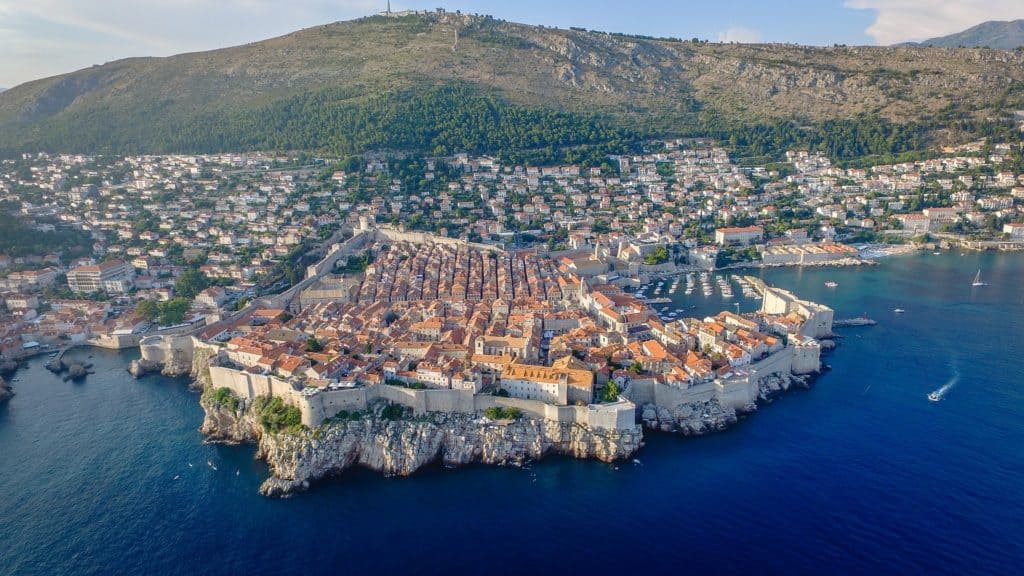
A, B, and C are the three terminal sections at the airport in Dubrovnik. Having replaced Terminal A for all passenger departures, including check-in and security screening, the roomy new Terminal C was inaugurated in February 2017 and fully operational in April 2017. The new terminal has about 1,000 square metres of check-in and commercial space, eight security lanes, a departure lounge with shops and catering services, a premium lounge, and restaurants.
It also has sixteen gates, with two of them being utilised for local flights and the other fourteen for international ones. The airport’s yearly capacity has expanded to 3.5 million passengers with a space of 24,181 square metres. The Terminal A building is currently only being utilised as a baggage sorting facility after being permanently closed to passenger operations. The present Terminal B building, which welcomes passengers, is just next to the new Terminal C.
The two have been integrated to form one cohesive system. Long-term plans for the airport call for a new runway as well as the conversion of the current runway into a taxiway. Plans also include an expansive commercial zone and a four-star airport hotel.
Zadar Airport: is a global airport that serves Zadar, Croatia. It is situated in the heart of Zadar, in Zemunik Donji. Ala Littoria began offering regular commercial flights to Zadar as early as 1936. With an annual passenger volume of 801,347, the airport has expanded to become Croatia’s fourth-largest international airport.
It once belonged to a select group of airports where a public road was spanned by a taxiway. Due to conditions established with the European Union during Croatia’s admission talks, the route was shut down on April 7, 2010. Beginning in April 2013, Zadar Airport housed a stationed Boeing 737-800 as part of Ryanair’s facility there.

It travels to eight locations throughout Europe, including Belgium, Germany, Italy, and Poland. Three Airbus A320 aircraft will be stationed during the summer 2020 schedule, Lauda said in December 2019. The airline has announced a package of 11 new flights for the 2020 summer season. The airline delayed the base’s debut until July 2021 because of the COVID-19 epidemic, where it would station two Airbus A320-200s and provide 37 routes.
Pula Airport is 6 kilometres from the city centre and is the airport that serves Pula, Croatia. The airport is designated as the backup airport for several cities in eastern Italy as well as some areas of Slovenia. It is an important gateway to Pula and much of Istria, including the Brijuni National Park.
The current location of Pula Airport was formerly primarily utilised for military functions, but as of May 1, 1967, it has been converted to a civil airport and welcomed 701,370 passengers in 1987. Beginning the same year, construction on a new terminal building that could accommodate 1 million people annually was started.
The Croatian War of Independence has resulted in a significant decrease in traveller volume. Over the subsequent three decades, airport passenger traffic increased steadily, breaking the previous record in 2018. Flight numbers have a strong seasonal component because vacationers make up the majority of passengers travelling to and from Pula airport.
One terminal building at Pula Airport can accommodate one million passengers annually. International and domestic flights are dealt with by the airport. There are a few café/snack bars and a duty-free shop inside the terminal. The passengers either walk from the terminal building to the aircraft or use a bus to get there because none of the gates has jet bridges. It is commonly utilised by European carriers for training flights because of its location, generally favourable weather throughout the year, and reduced flight volumes during the winter.
Rijeka Airport: is the major airport that serves Rijeka, Croatia. It is 17 kilometres from the Rijeka train station, on the island of Krk, close to the town of Omialj. Several European low-cost airlines that transport visitors to the northern Croatian coast utilise the airport during the summer, which is when the majority of traffic to and from it happens. In May 1970, the airport in Rijeka opened.
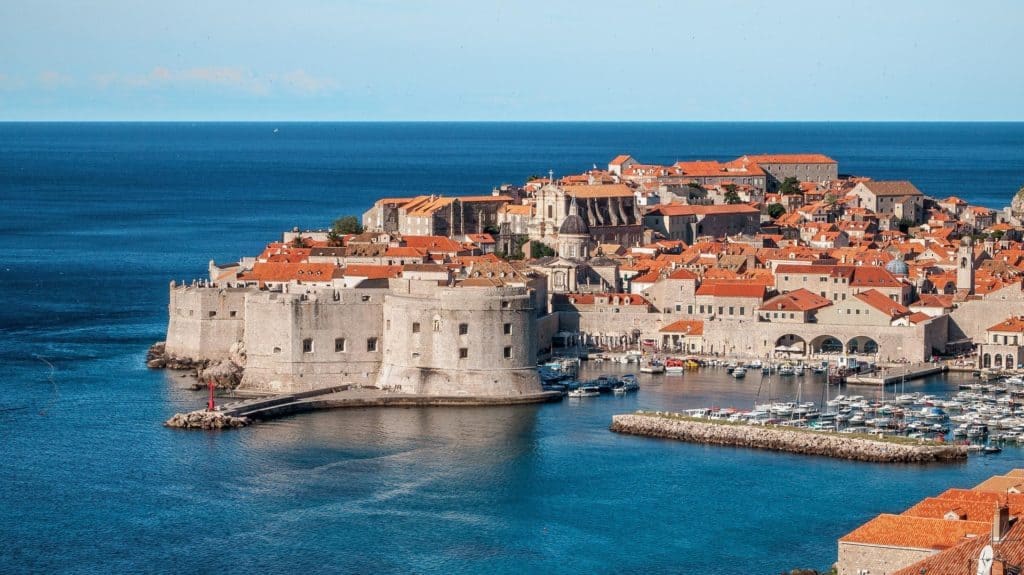
Josip Broz Tito and his wife were on the first flight out. Rijeka was split between Yugoslavia and Italy before World War II. The Sauk airstrip provided service to the Yugoslavian section of the city. national airline In 1930, Aeroput established a route connecting Sauk with Zagreb; a year later, a line connecting Zagreb with Belgrade through Sauk, Split, and Sarajevo was established.
The city was connected to Belgrade, Borovo, Ljubljana, Sarajevo, Split, and Zagreb by Aeroput in 1936. Regular flights operated by the Italian airline Ala Littoria connected the city’s Italian section to other Italian cities. The Grobnik airport has trouble handling bigger aircraft since its runways were near the city’s eastern hills. The decision to locate on Krk was made after evaluating places close to Opatija and near Urinj, which would have necessitated shifting some hills, as larger airliners began to take flight.
The single terminal building at Rijeka Airport was constructed for the airport’s initial operation in 1970. Minor improvements have been made over the years. There are 7 gates in the terminal, 1 domestic and 6 foreign. No gates have jet bridges, thus passengers board the aircraft by walking from the terminal straight to the gate. There is just one luggage belt in the arrivals area.
A modest duty-free shop with a focus on locally created goods may be found on the upper floor along with a café bar. A second bar with a small range of food is situated in the entry hall prior. After security check, there are no facilities for domestic departures. Several automobile rental companies have open offices in the summer. There is a single, 2500 m long, 45 m wide runway at the airport. Since there are no taxiways, an aircraft must turn at the end of the runway and return to the terminal by taxiing down the runway. CAT I ILS landing aids are present on Runway 14.






